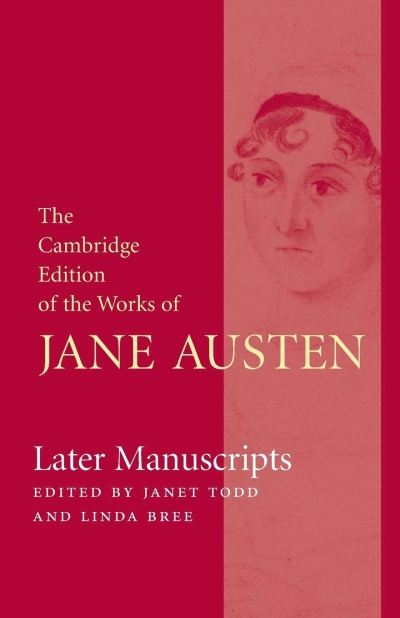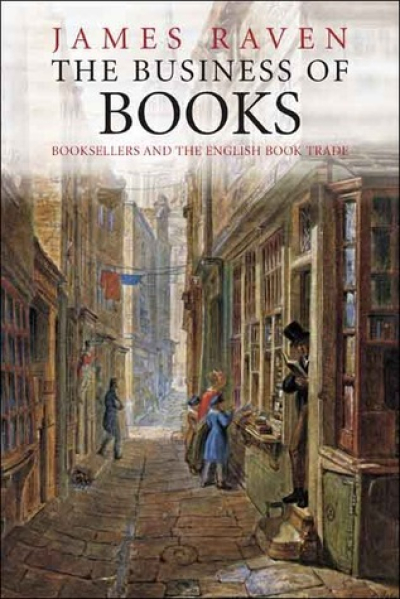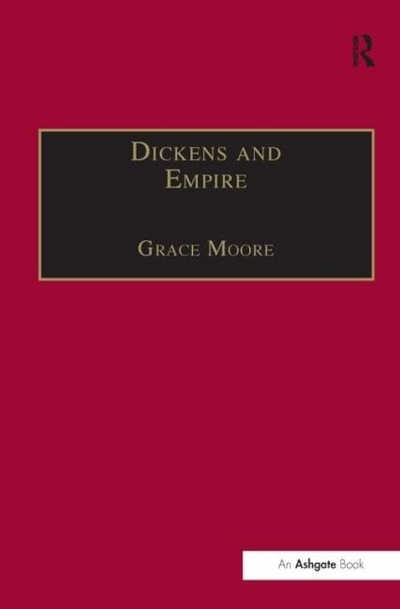Graham Tulloch
Walter Scott at 250: Looking forward by Caroline McCracken-Flesher and Matthew Wickman
Later Manuscripts: (The Cambridge Edition of the Works of Jane Austen) edited by Janet Todd and Linda Bree
This year sees the bicentenary of Darwin’s birth and the one hundred and fiftieth anniversary of the publication of his On the Origin of Species. It also sees the two hundred and fiftieth anniversary of the birth of Robert Burns (1759–96). The media have been full of the Darwin anniversaries, but we have heard rather less about Burns, at least in Australia. Yet Burns is arguably as important as Darwin in our cultural formation.
... (read more)Becoming a resurrectionist, a digger-up of dead bodies, was not a conscious career choice for me. Yet, along with two colleagues, I find myself accused of just that. We occupy this position because we have recently edited and published two previously unpublished works by Sir Walter Scott: The Siege of Malta and Bizarro (Edinburgh University Press, edited by J.H. Alexander, Judy King and Graham Tulloch, £45 hb). The appearance of our edition provoked a storm in a tea- cup in Britain, beginning with the Scotsman’s weekend edition, Scotland on Sunday, and spreading from there to the Guardian, the Daily Telegraph and The Times. The storm died down quickly, but the issues remain.
... (read more)






